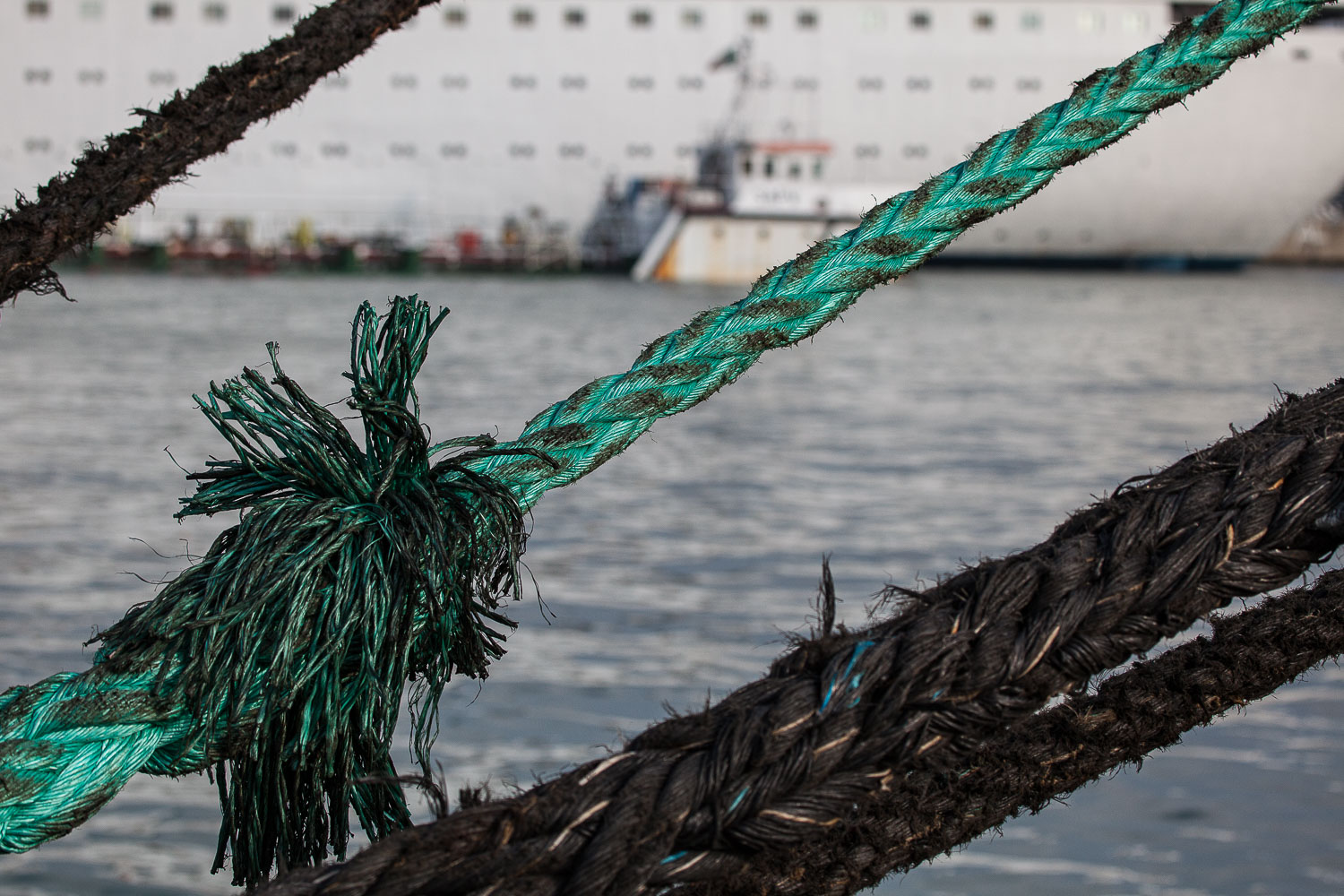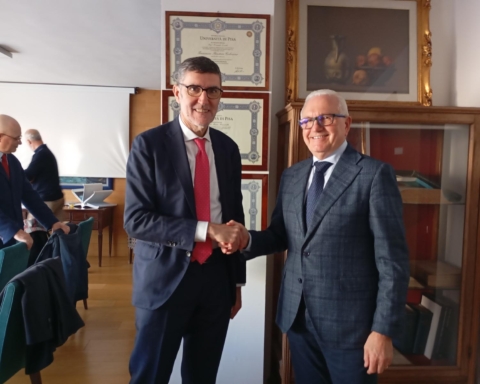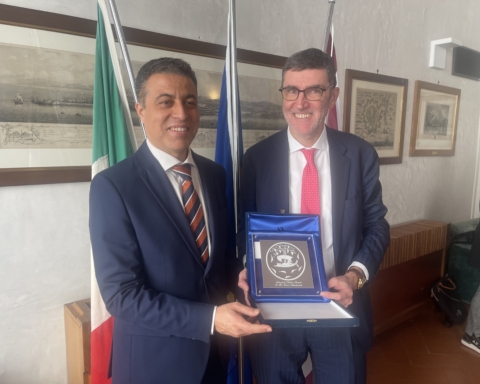The challenge is difficult but not impossible: to reduce carbon dioxide emissions by 40% by 2030 compared to 2018, and to include maritime transport in the ETS (Emissions Trading Scheme), the EU’s emissions trading scheme which sets a limit on the total quantity of certain greenhouse gases that can be emitted.
These are the amendments that the Green MEP, Jutta Paulus, has proposed to include in EU Regulation 2015/757 (commonly known as the MRV Regulation) on the monitoring and verification of carbon dioxide (CO2) emissions from maritime transport.
The green revolution that could rock the shipping world starts from here and from a fundamental premise:“International shipping accounts for two to three percent of global greenhouse gas emissions, which is more than any single EU member state emits. If the shipping sector were a country, it would be the country with the sixth highest greenhouse gas emissions worldwide.”
Jutta Paulus says so while scrupulously examining a recent study by the International Maritime Organization (IMO):“According to the International Maritime Organization (IMO), the emissions caused by ships worldwide will increase by 50-250% between 2012 and 2050. Within the EU, the EU Commission expects an increase of 86% compared to 1990.”
This data makes you think: «The time has come to take action – says Ms Paulus – Hardly any other industrial or transport sector shows emission increases as high as the shipping sector. Nevertheless, maritime transport is the only sector in the European Union that is neither subject to any emission reduction target nor to specific climate protection measures.”
It was in response to these needs that the Union adopted the MRV Regulation, thanks to which it has been possible to collect reliable data on CO2 emissions from all ships over 5 000 gross tonnage calling at ports in the European Economic Area (EEA).
For the Euro-parliamentarian, this is an important step towards combating environmental pollution. But data collection alone is not enough. We need a clear commitment from the European institutions.
In 2018 10,800 ships were monitored. Together they emitted “more than 130 million tonnes of CO2, which is more than the annual CO2 emissions of Belgium.”
“To tackle the urgent challenges of the climate crisis, we all must strengthen and widen our efforts to reach the Paris Agreement’s goals and limit the temperature increase to 1.5 degrees above pre-industrial levels. The European Union has a long history of setting global environmental and climate standards. With the United States leaving the Paris Climate Agreement this autumn, and other countries blocking much needed climate targets, the EU’s responsibility has even grown further.”
In the shipping sector, the first thing to do is to adapt the MRV Community Monitoring System to the IMO Global Data Collection System.
Indeed, since 2019, vessels performing EEA-related maritime transport activities have been fulfilling the monitoring and reporting obligations of two systems with different parameters, models and monitoring plans. The impact assessment shows that a partial adaptation of the two monitoring, reporting and verification systems could help to reduce the administrative burden for shipping companies while preserving the key objectives of the EU MRV Regulation.
But the real ambition is to set, as a binding target for the shipping sector, a domestic reduction of at least 40% by 2030, and 50% by 2050. The Green MEP believes this is an achievable goal, which should be introduced into EU legislation as an energy efficiency target.
And then there’s the Emissions Trading scheme (ETS). Ms Paulus welcomes “the European Commission´s commitment in the European Green Deal to broaden the scope of the EU Emissions Trading scheme to shipping”.
The ETS works quite intuitively: a limit on emissions is set and gradually lowered every year. Within the limit, companies can receive or buy emission allowances and trade them with each other. The allowances have a value: at the end of each year, companies have to surrender enough allowances to cover their emissions if they do not want to be fined.
“I would like to see the establishment of a maritime transport decarbonisation fund to foster research and development in the energy efficiency of ships” says Ms Paulus, who also calls for the scope of the MRV Regulation to be extended to other relevant gases, such as methane (“which accounts for 25% of global warming.”)
“After ten years of waiting, the time has come for the EU to deliver its promise and implement measures for the reduction of greenhouse gas emissions caused by international shipping. Only with ambitious and broad policy action we can make the 2020s a decade of climate and environmental protection.”
Translation by Giles Foster




